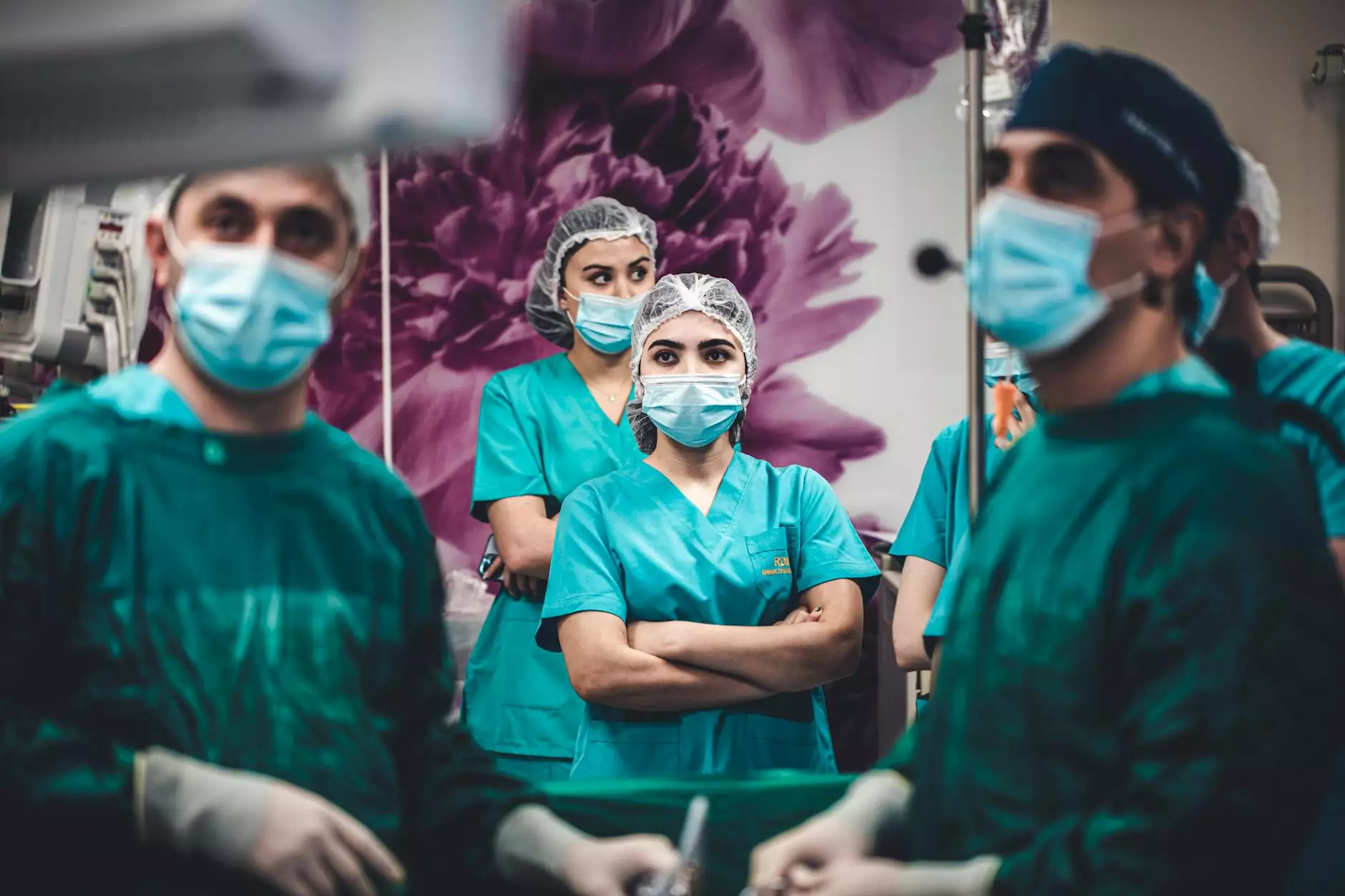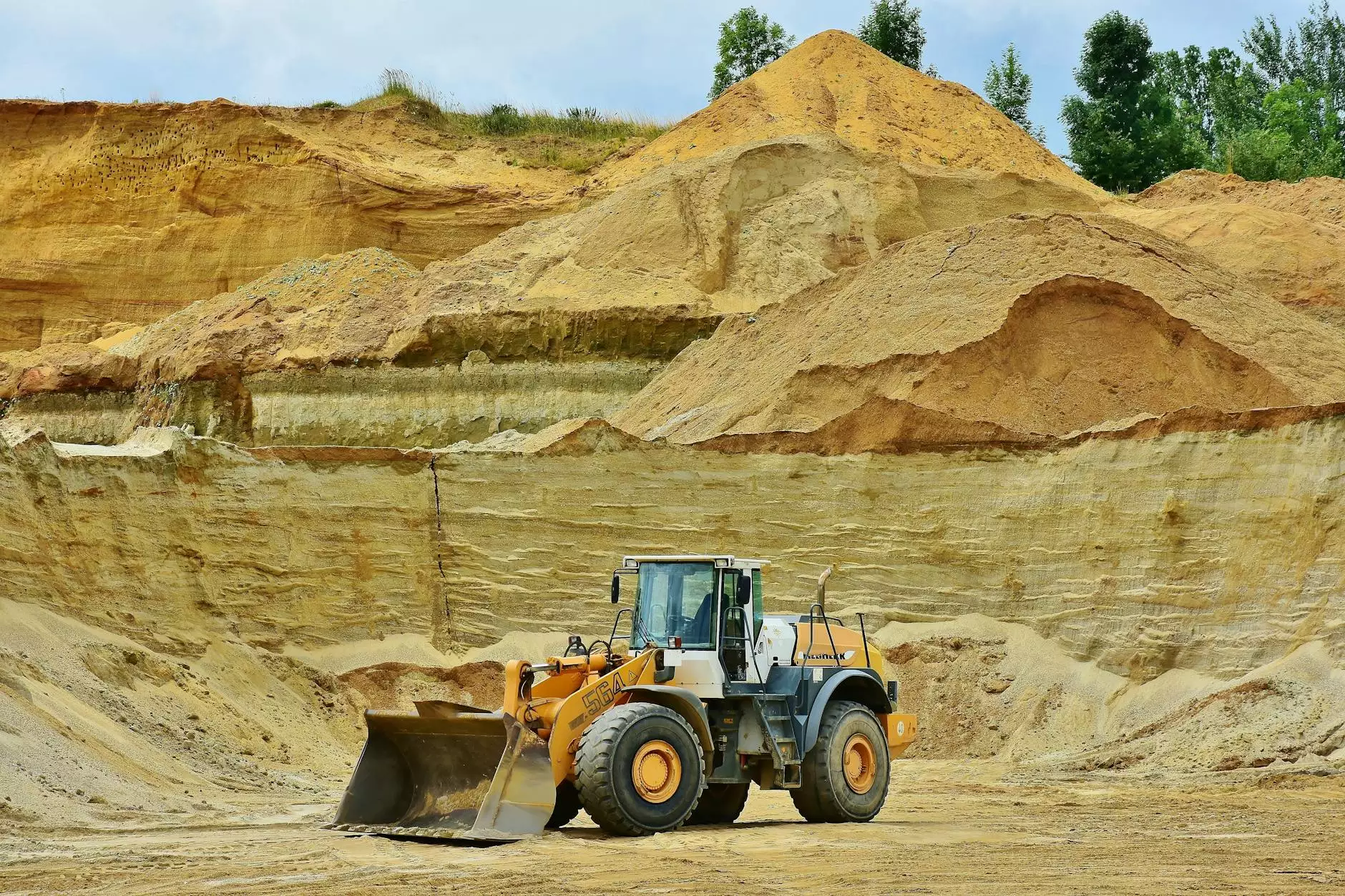BENIGN AND MALIGNANT BREAST CYSTS
Breast Lesions
Understanding Benign and Malignant Breast Cysts
Welcome to the informative page on benign and malignant breast cysts provided by Metro St Louis and Southern Illinois Breast Health Centers, your trusted source for comprehensive breast care. If you or a loved one are concerned about symptoms related to breast cysts, it is essential to gather as much knowledge as possible to make informed decisions about further steps.
What are Benign Breast Cysts?
Benign breast cysts are fluid-filled sacs that commonly develop in breast tissue. They are non-cancerous and usually cause no harm. These cysts typically appear as round or oval lumps that feel smooth and rubbery to the touch. While they can be painful or tender, they are generally harmless and may shrink or disappear over time.
Signs and Symptoms
It is crucial to understand the signs and symptoms associated with benign breast cysts, such as:
- Breast lumps that come and go with the menstrual cycle
- Breast pain or tenderness
- Swelling or thickening of breast tissue
- Clear or slightly cloudy fluid discharge from the nipples
- Changes in breast size or shape
If you experience any of these symptoms, it is recommended to consult with a qualified healthcare professional for proper evaluation and diagnosis.
Diagnosis
Diagnosing benign breast cysts typically involves a physical examination, where your healthcare provider will carefully assess the breast tissue and may recommend additional tests, including:
- Ultrasound: This non-invasive imaging technique uses sound waves to create a detailed image of the cyst, helping to determine if it is a fluid-filled sac.
- Mammogram: An X-ray of the breasts may be ordered to rule out other potential breast abnormalities or concerns.
- Biopsy: In some cases, your healthcare provider may recommend a biopsy if they suspect any abnormalities or need to confirm the cyst's nature.
Treatment Options
In most cases, benign breast cysts do not require treatment unless they cause discomfort or affect your quality of life. However, if treatment is necessary, your healthcare provider may suggest:
- Draining the cyst: A fine needle may be used to drain the fluid from the cyst, relieving discomfort.
- Hormonal therapy: Certain medications can help regulate hormones and reduce the formation of cysts.
- Surgical removal: In rare instances when a cyst is large, painful, or shows concerning features, surgical removal may be recommended.
It is important to follow your healthcare provider's recommendations and attend regular check-ups to ensure that any changes or new symptoms can be promptly addressed.
Malignant Breast Cysts: Rare But Serious
While most breast cysts are benign, there is a possibility of malignant breast cysts, also known as cystic breast cancer. Malignant cysts are extremely rare, accounting for a small percentage of breast cancers, but they require immediate medical attention and appropriate treatment.
Identifying Malignant Breast Cysts
It is crucial to be aware of the following characteristics that may indicate a malignant breast cyst:
- Persistent and growing breast lump
- Lumps that are irregularly shaped or have uneven borders
- Lumps that are hard to the touch
- Skin changes around the affected area, such as redness or dimpling
- Nipple retraction or discharge, especially if bloody
If you notice any of these signs, it is crucial to consult with a medical professional promptly for a thorough examination and appropriate diagnostic tests.
Diagnostic Process for Malignant Breast Cysts
If a malignant breast cyst is suspected, your healthcare provider may recommend several diagnostic procedures, including:
- Mammogram: This imaging technique can identify any abnormal changes in the breast tissue.
- Ultrasound: Additional ultrasound imaging may be performed to assess the characteristics of the cyst and its surrounding tissue.
- Biopsy: A tissue sample may be extracted from the cyst for further examination under a microscope to determine if cancer is present.
- MRI scan: Magnetic resonance imaging can provide detailed images of the breast, helping to evaluate the extent of the cyst and any potential associated cancerous growth.
Treatment and Support for Malignant Breast Cysts
The treatment of malignant breast cysts typically involves a multidisciplinary approach and may include the following options:
- Surgery: Lumpectomy or mastectomy may be necessary to remove the cancerous tissue along with surrounding lymph nodes.
- Radiation therapy: High-energy X-rays or other radiation techniques can destroy cancer cells and reduce the risk of recurrence.
- Chemotherapy: Medications are used to kill cancer cells throughout the body, especially in cases where cancer has spread beyond the breast.
- Hormonal therapy: Certain medications may help block the effects of hormones on cancer cells.
- Targeted therapy: Drugs that target specific abnormalities in cancer cells can be used to treat certain types of breast cancer.
- Supportive care: Emotional and psychological support, along with counseling, is crucial for individuals undergoing treatment for malignant breast cysts.
Metro St Louis and Southern Illinois Breast Health Centers are dedicated to providing comprehensive breast care services, including diagnosis, treatment, and ongoing support for both benign and malignant breast cysts. Our team of highly trained professionals, state-of-the-art technology, and personalized approach ensures that you receive the best care possible.
Remember, early detection and timely intervention play a crucial role in managing breast cysts and preventing potential complications. If you have any concerns or need assistance, don't hesitate to schedule an appointment with our experienced healthcare providers.
Contact Metro St Louis and Southern Illinois Breast Health Centers today to learn more about breast cysts and how we can support you on your breast health journey.










